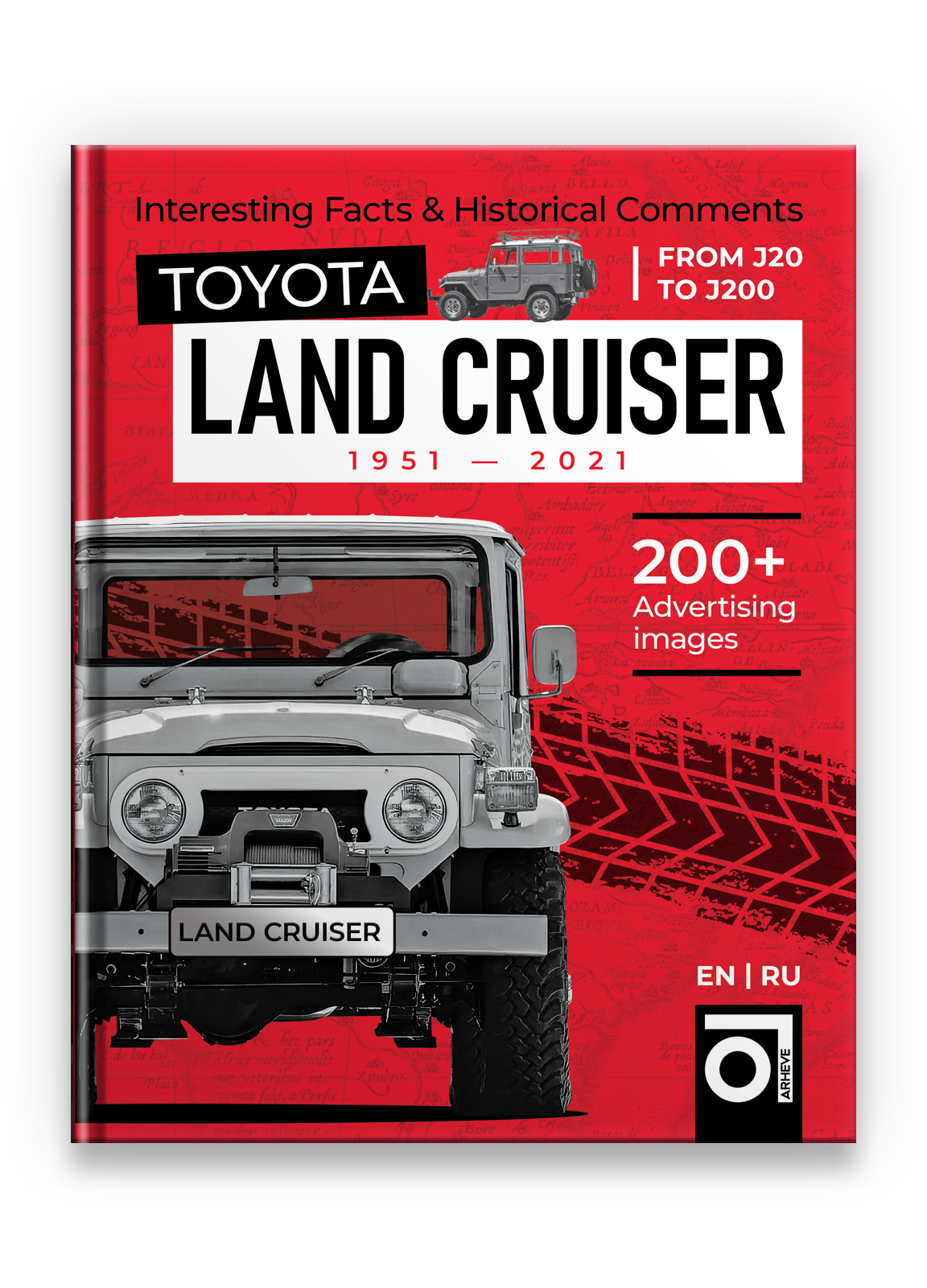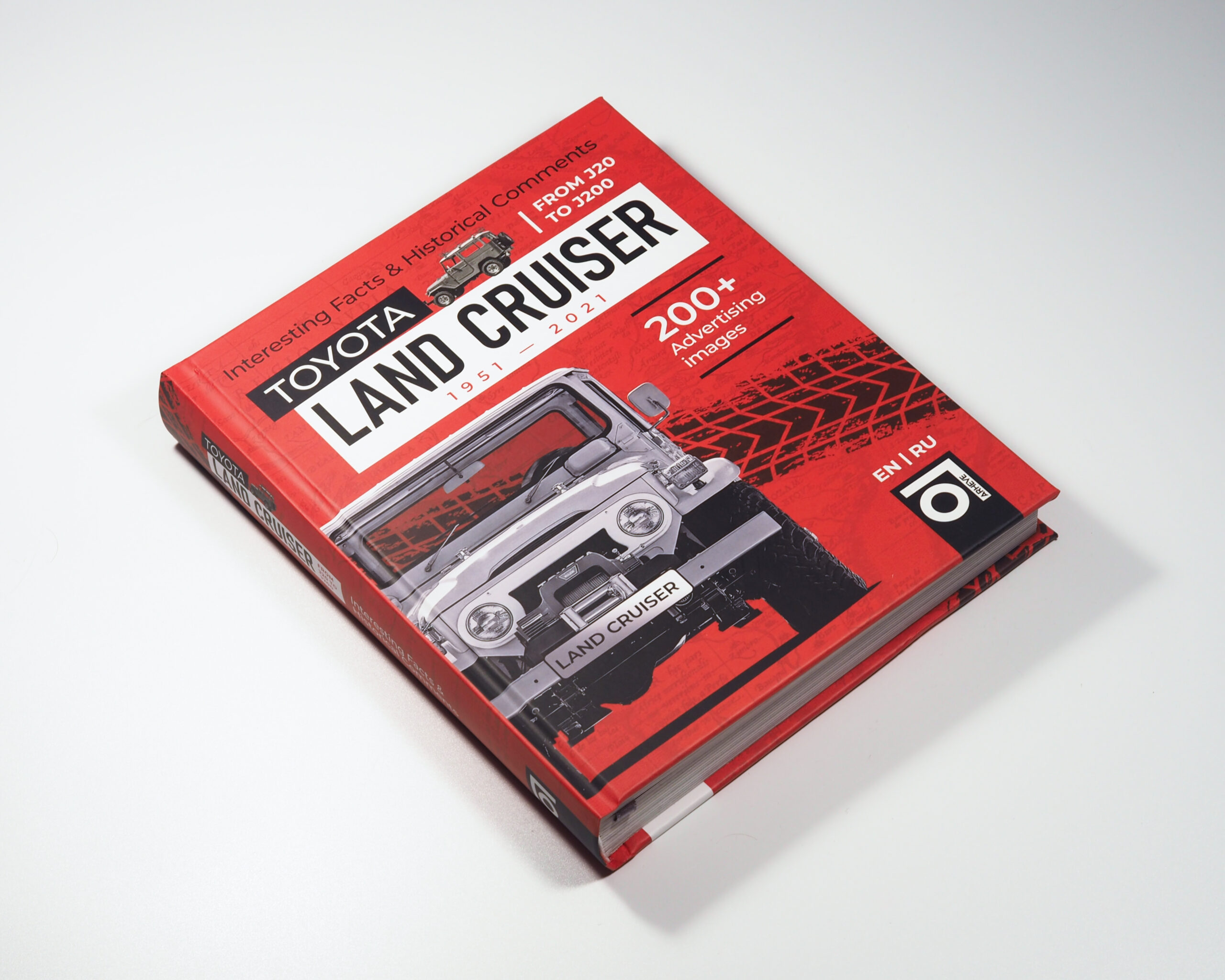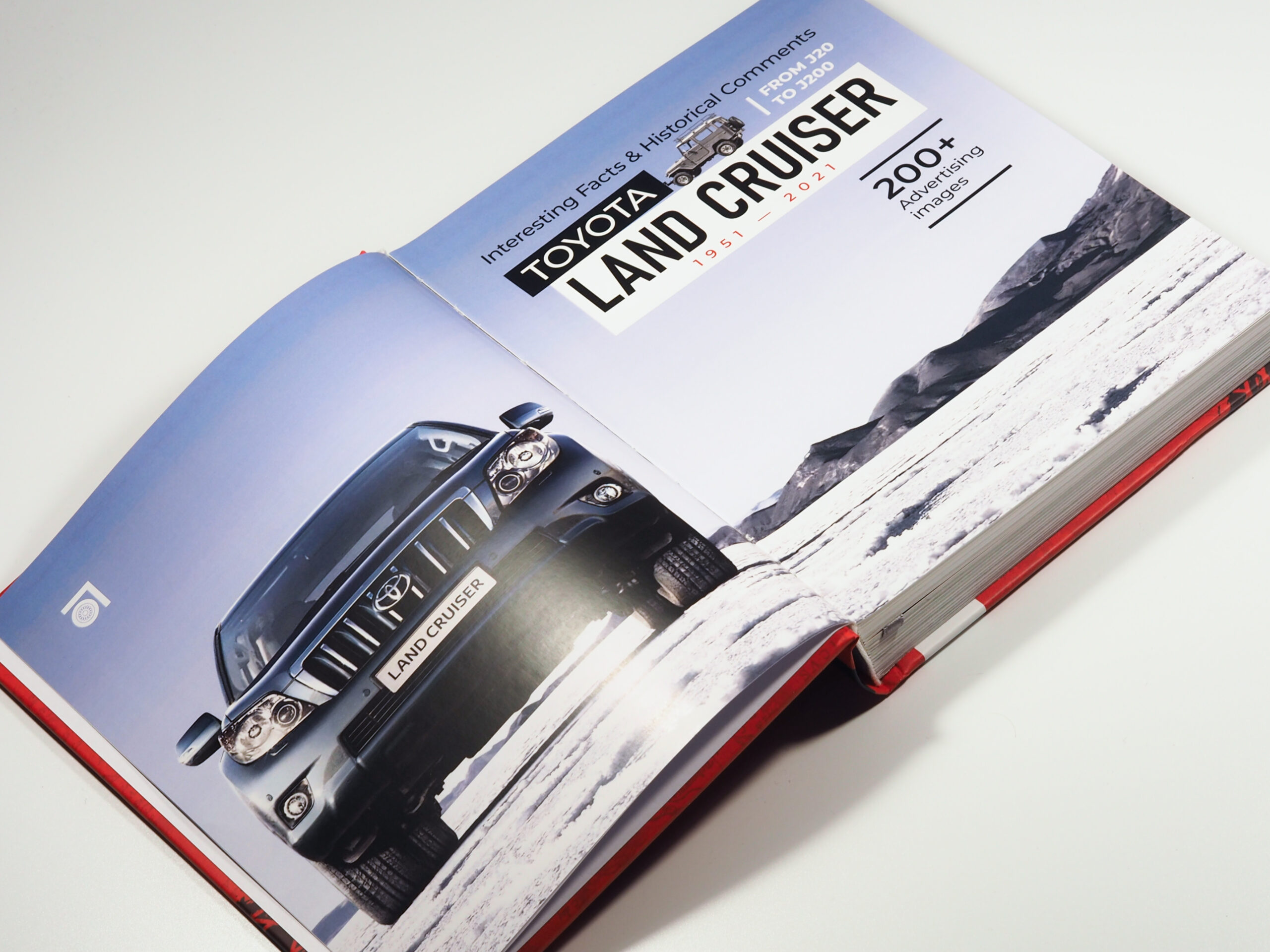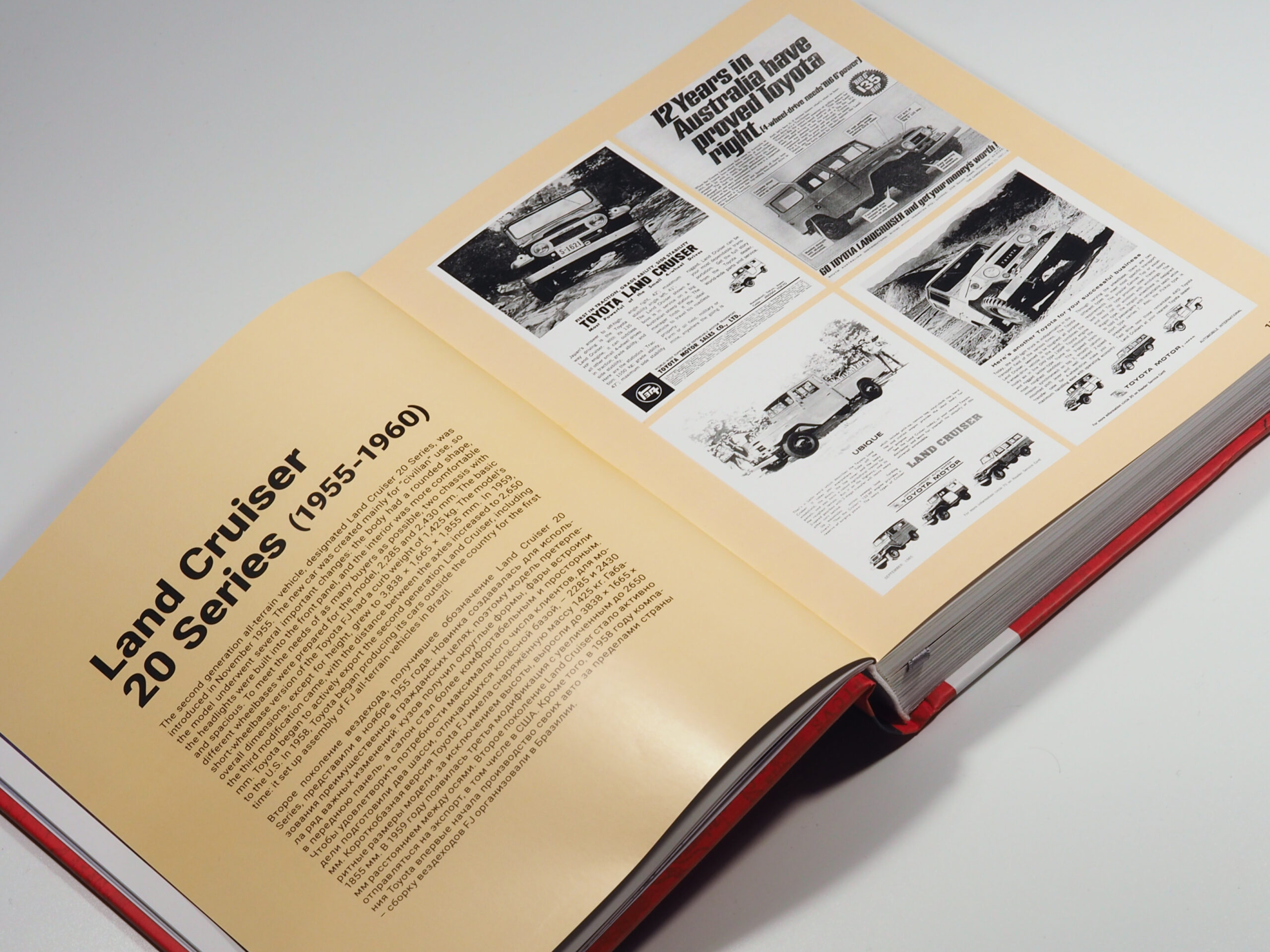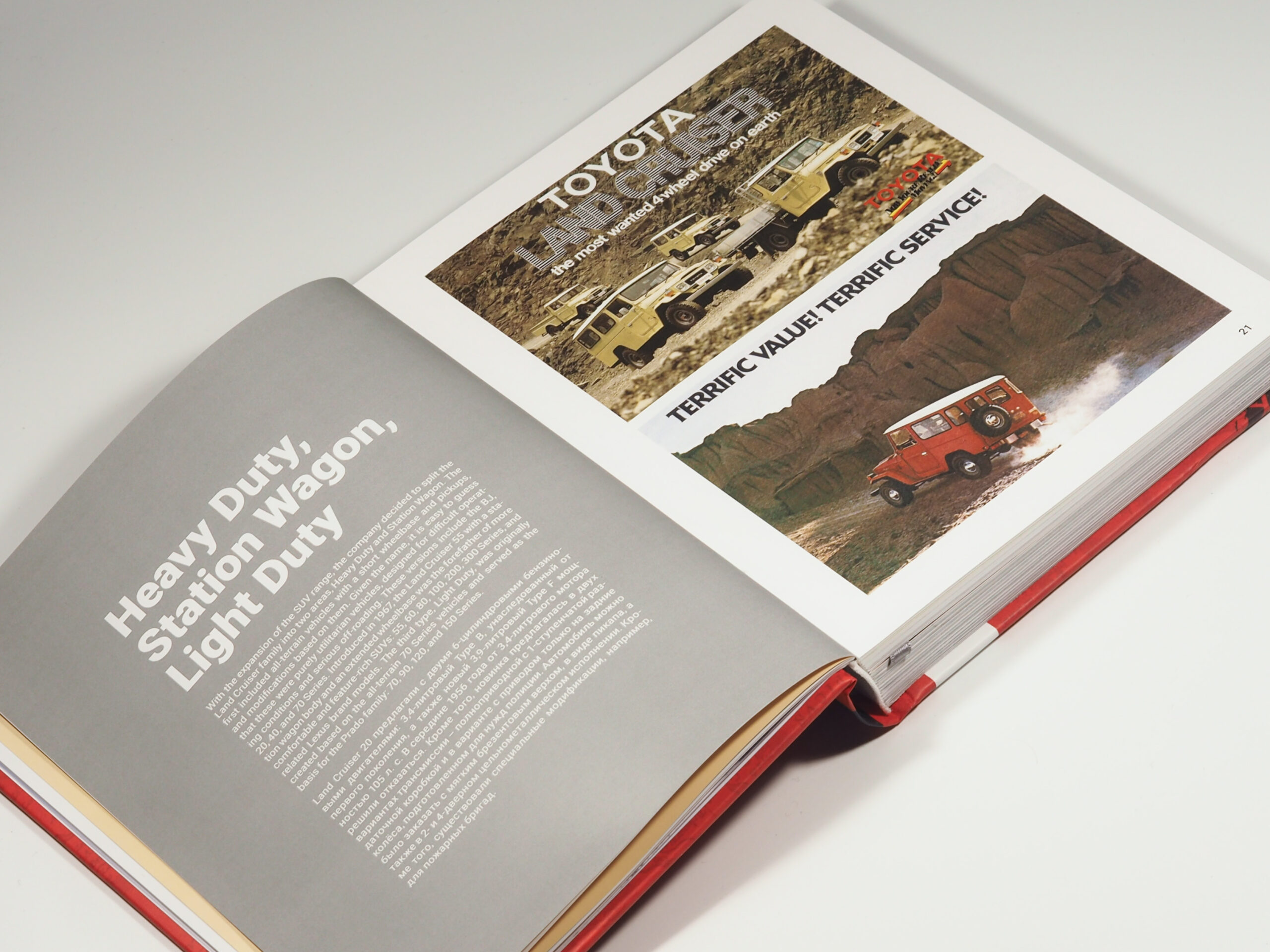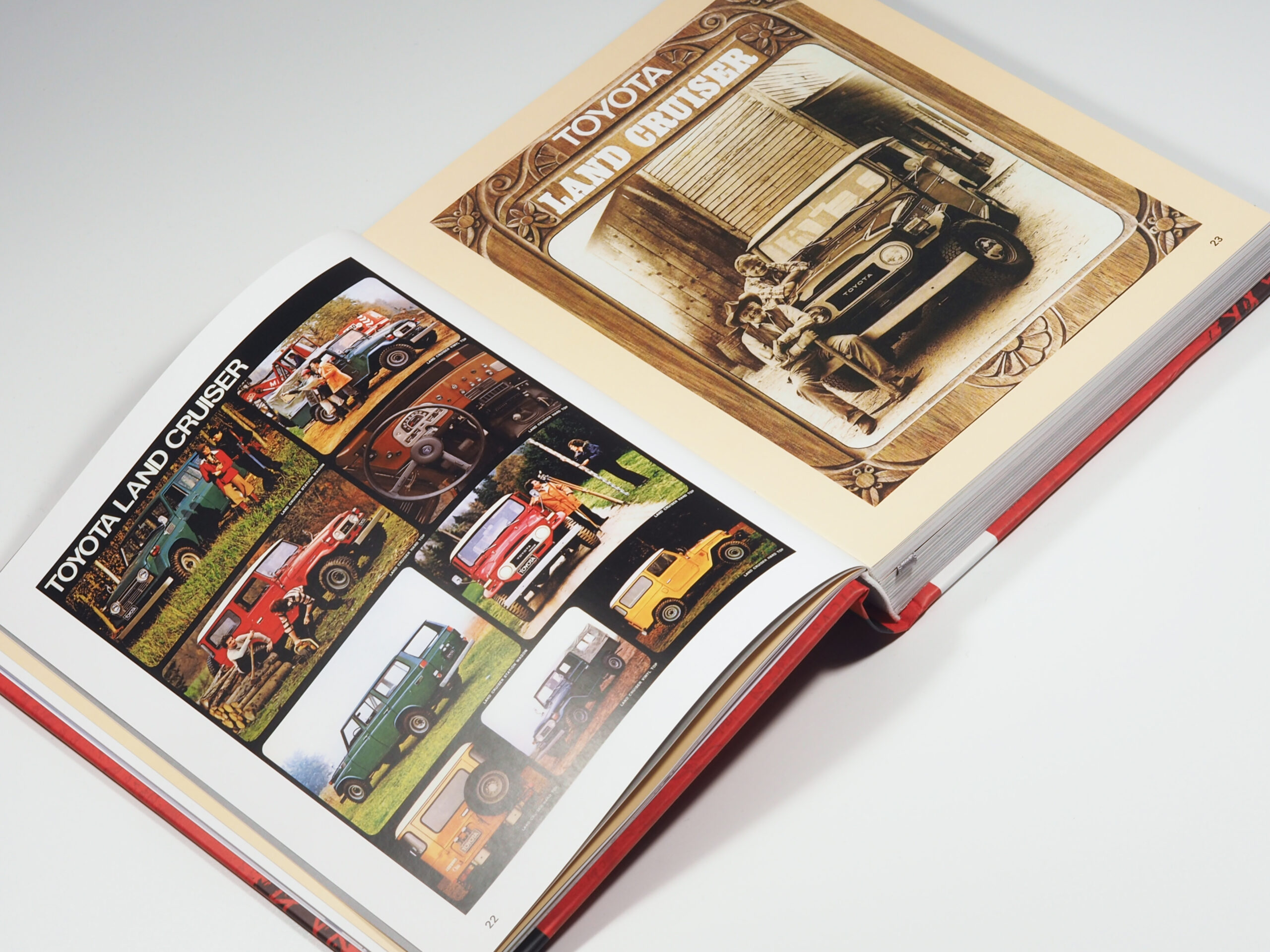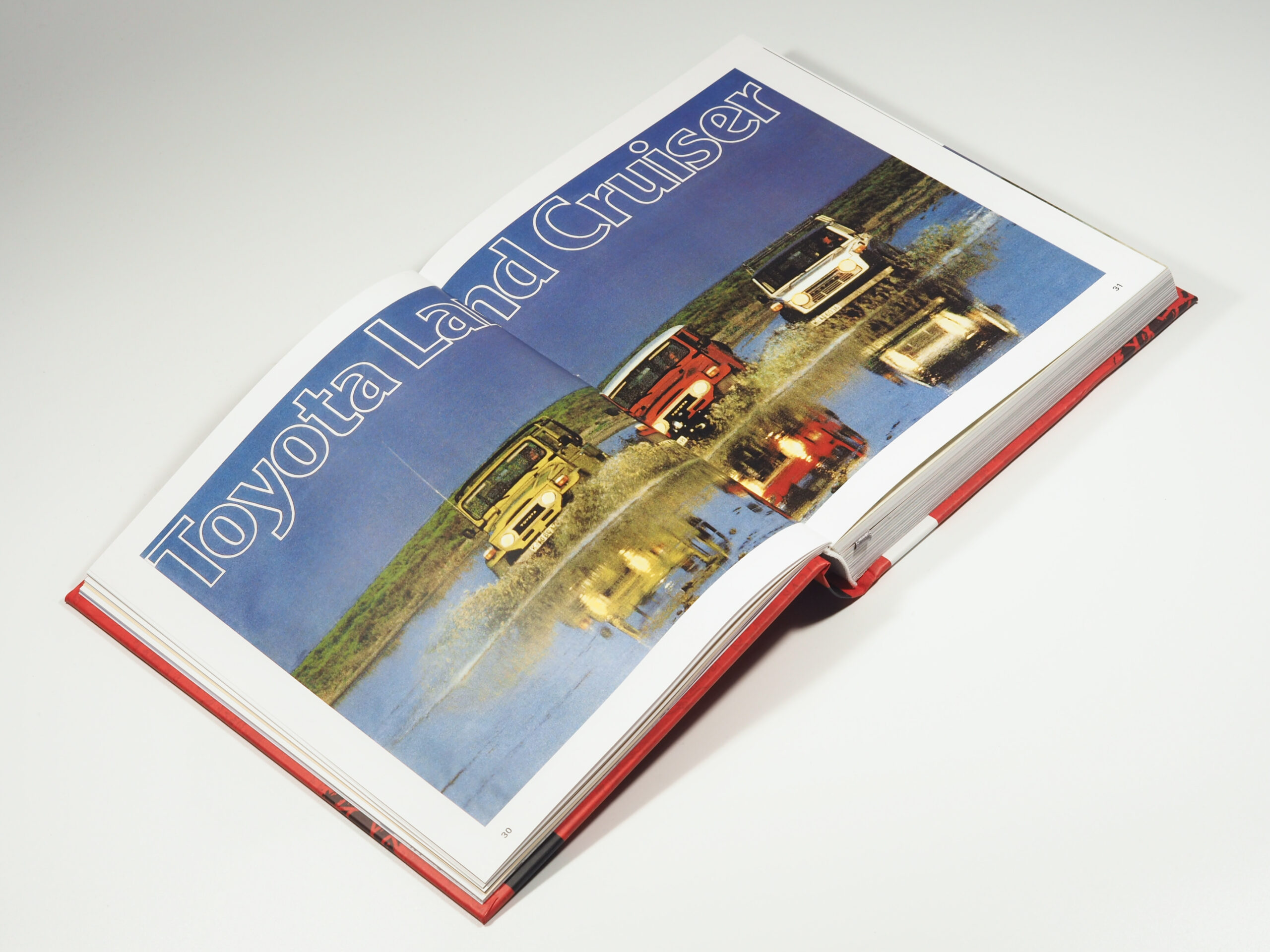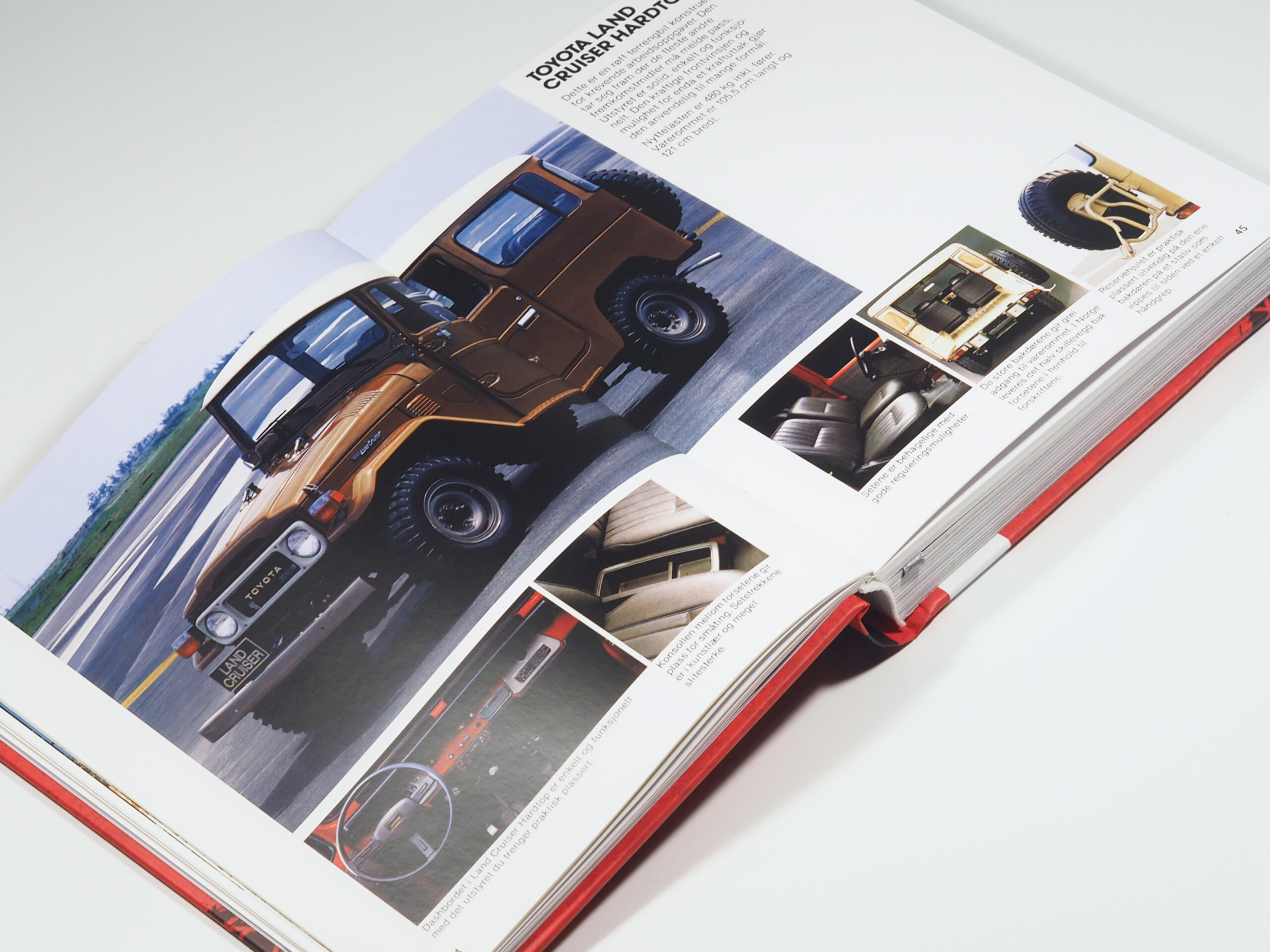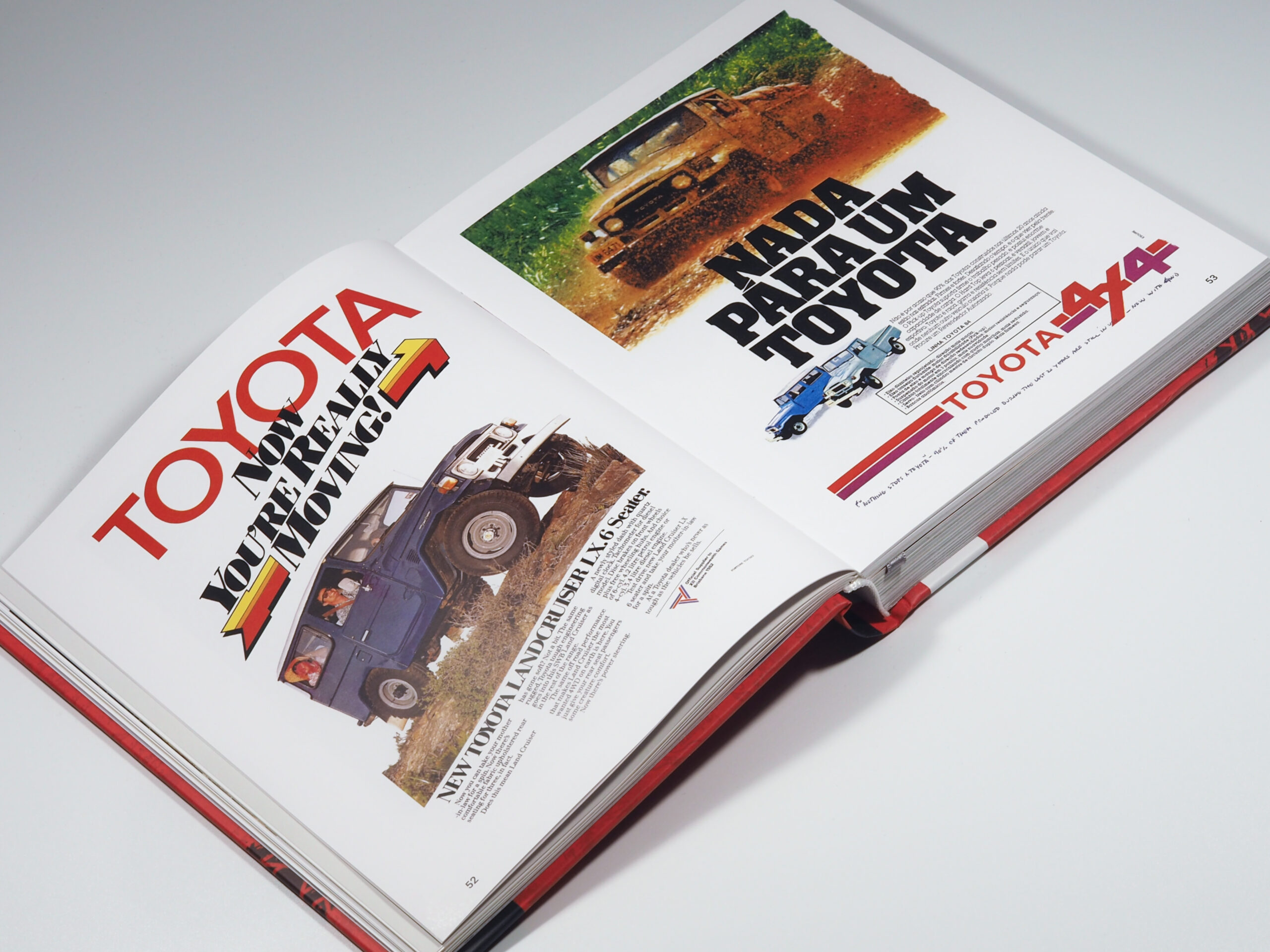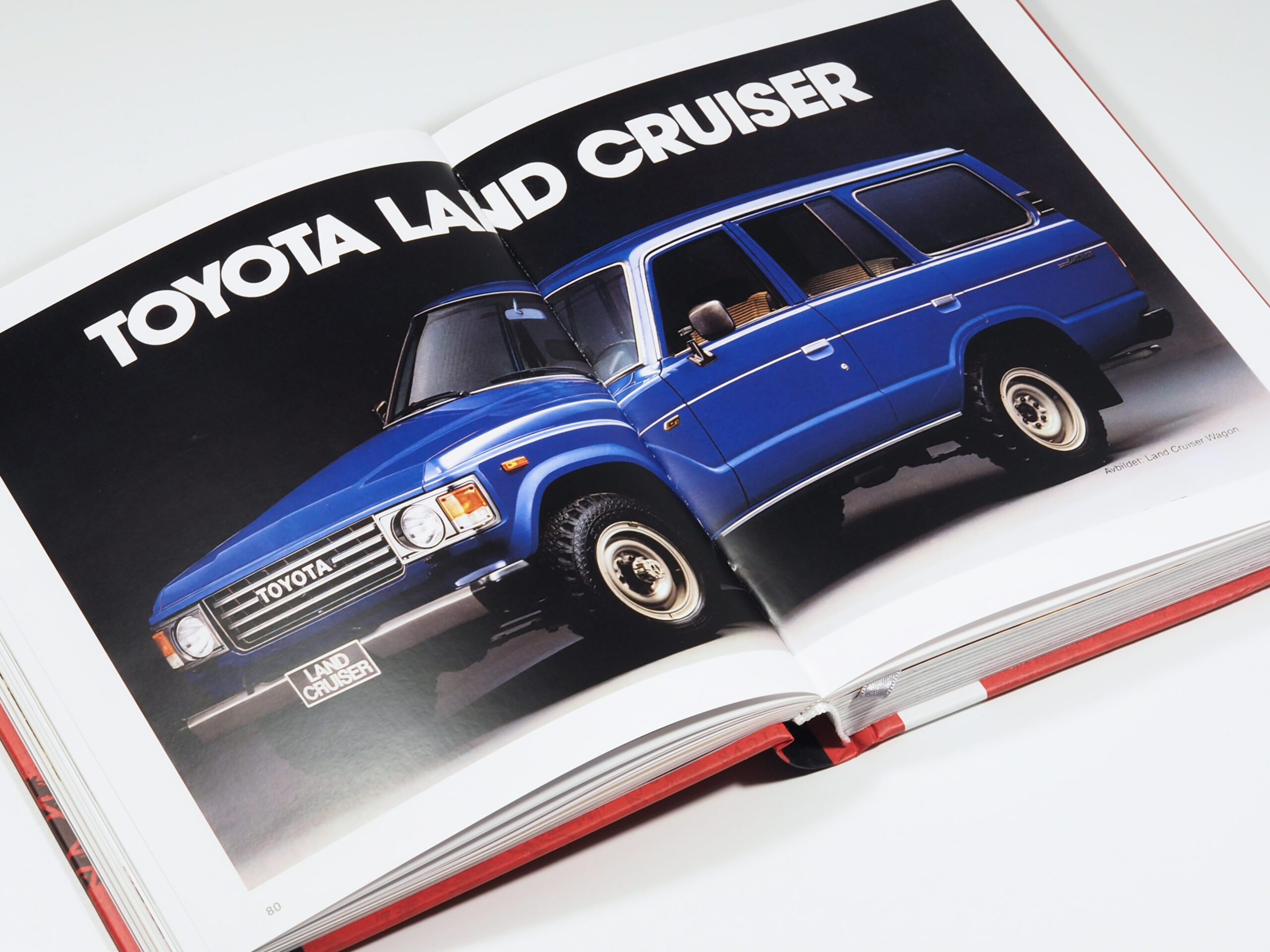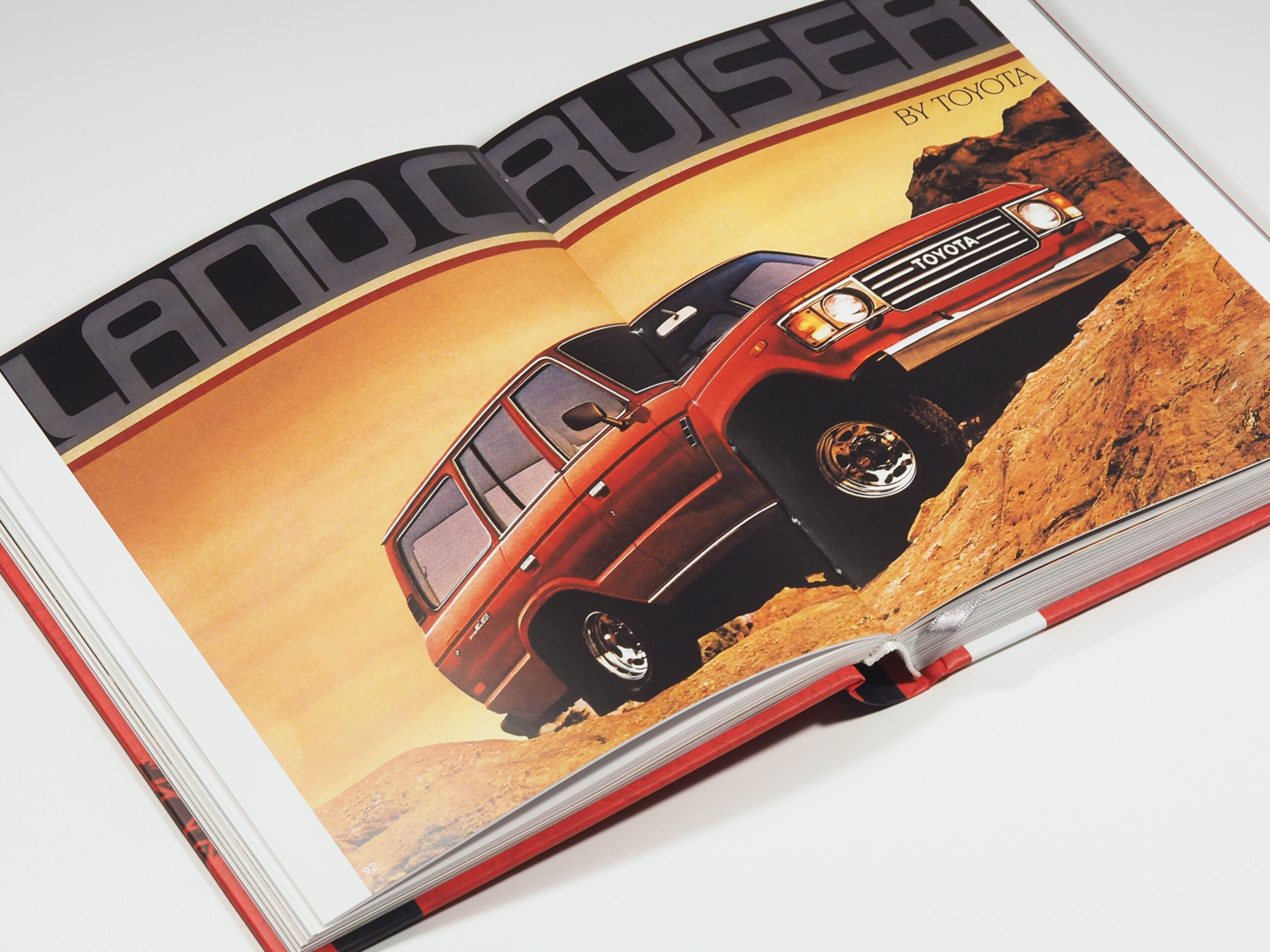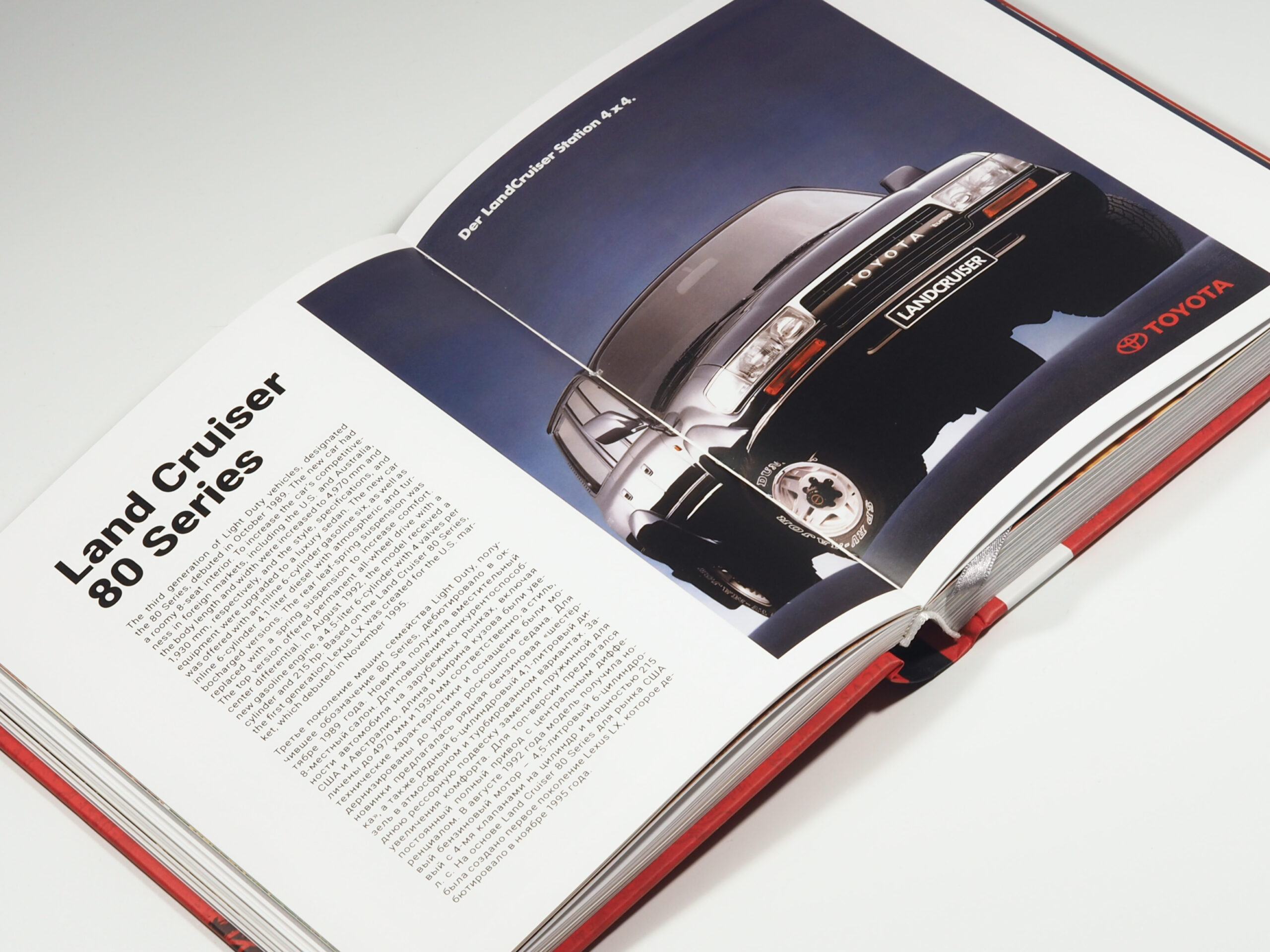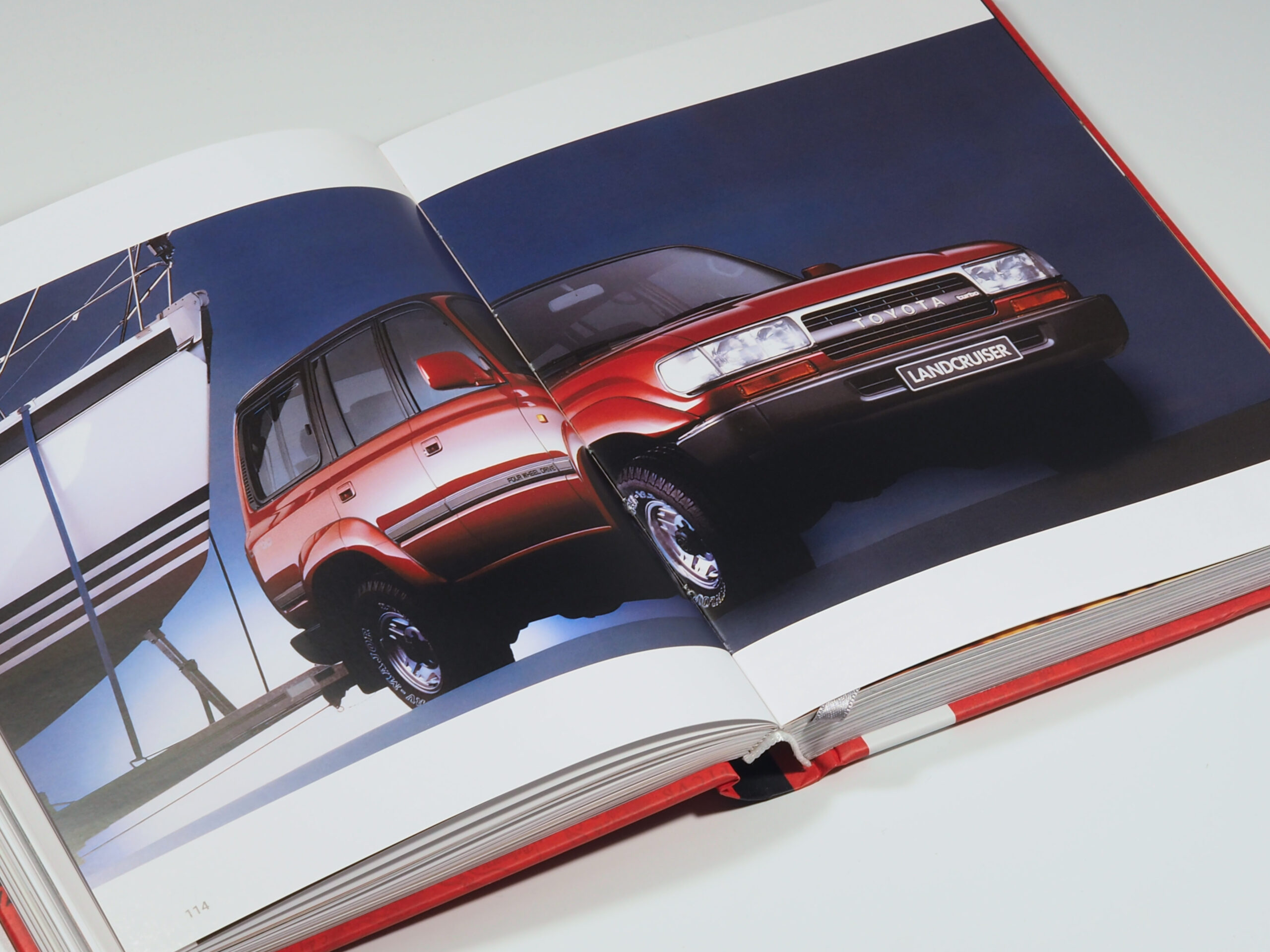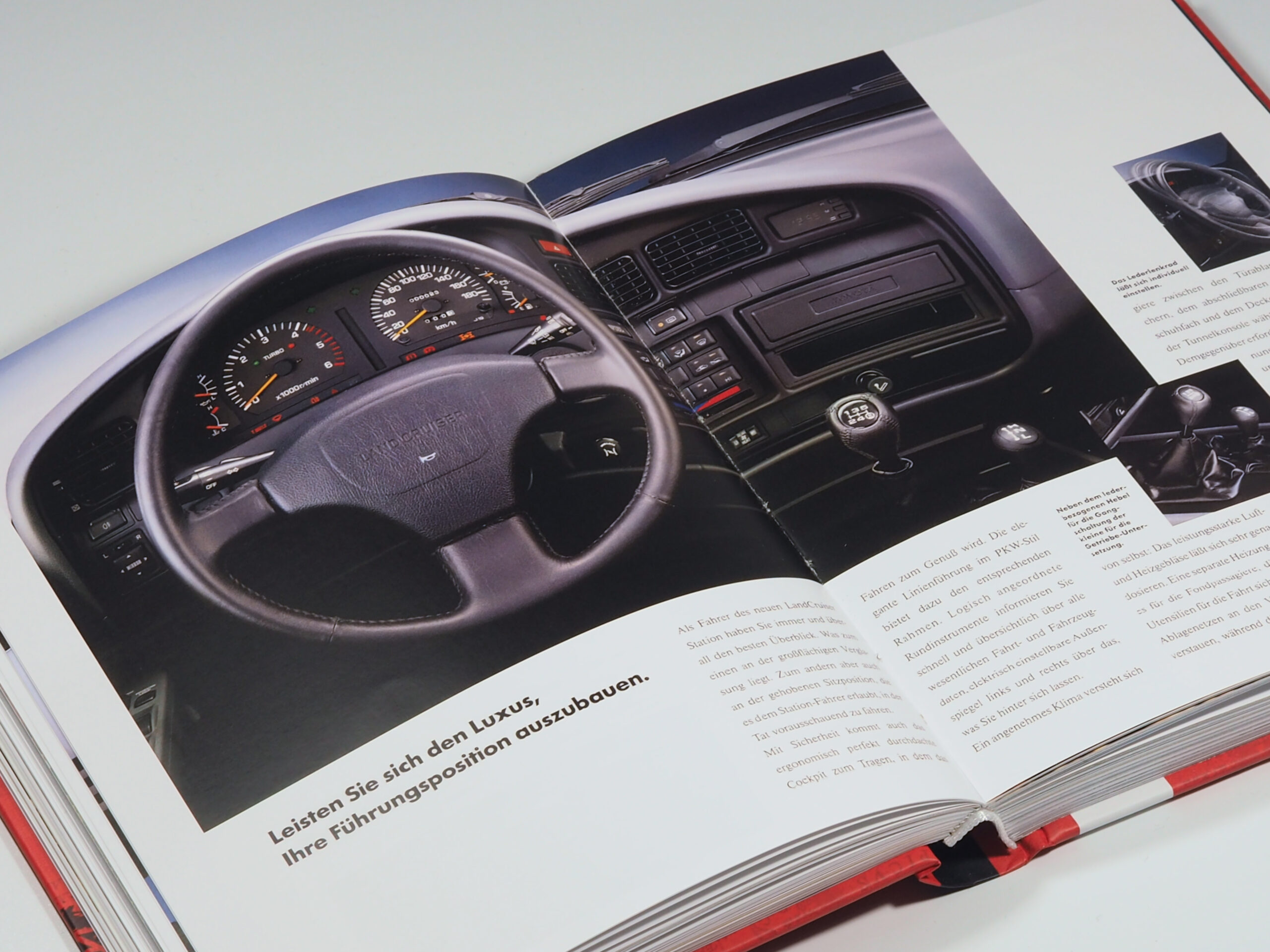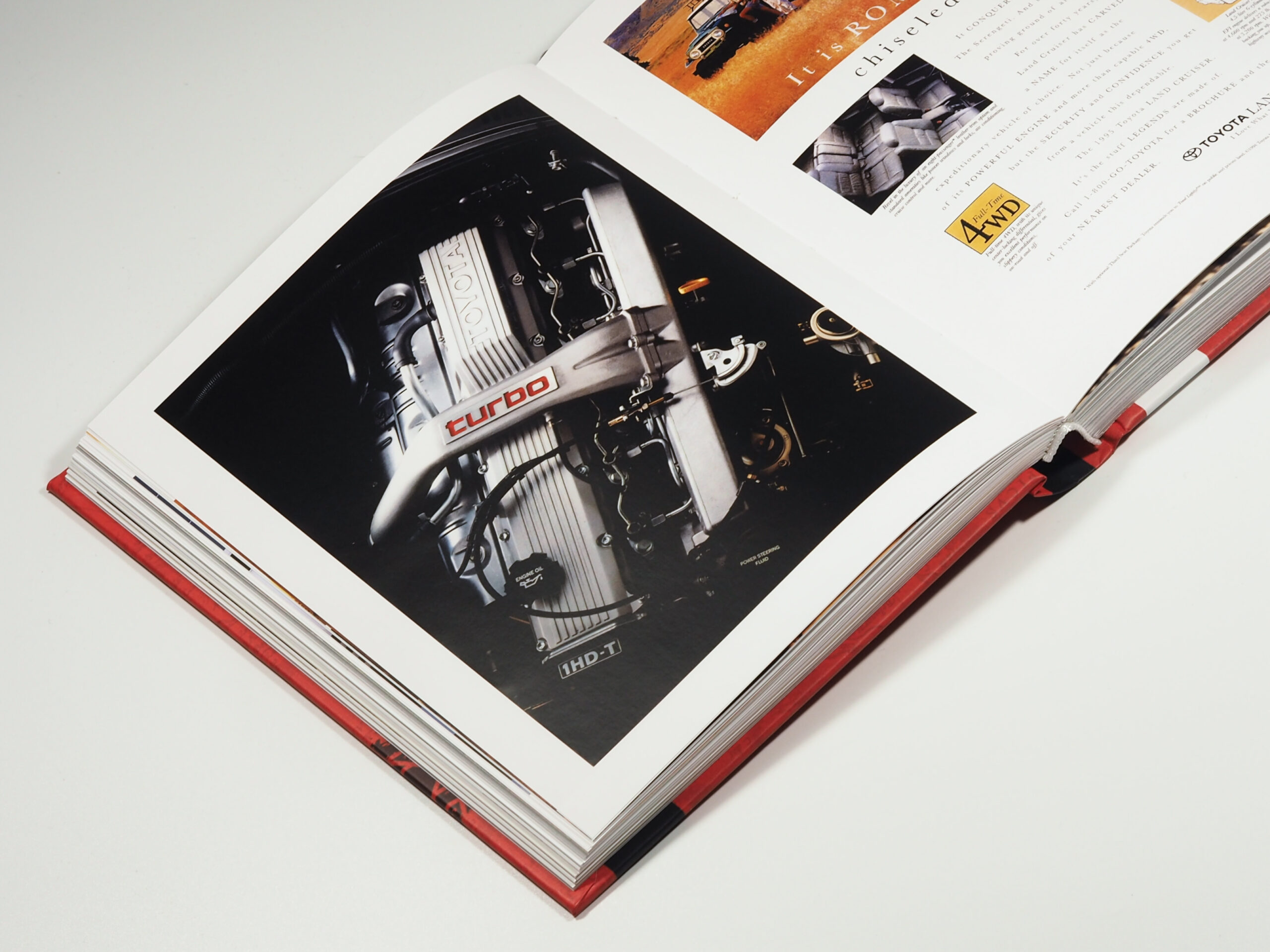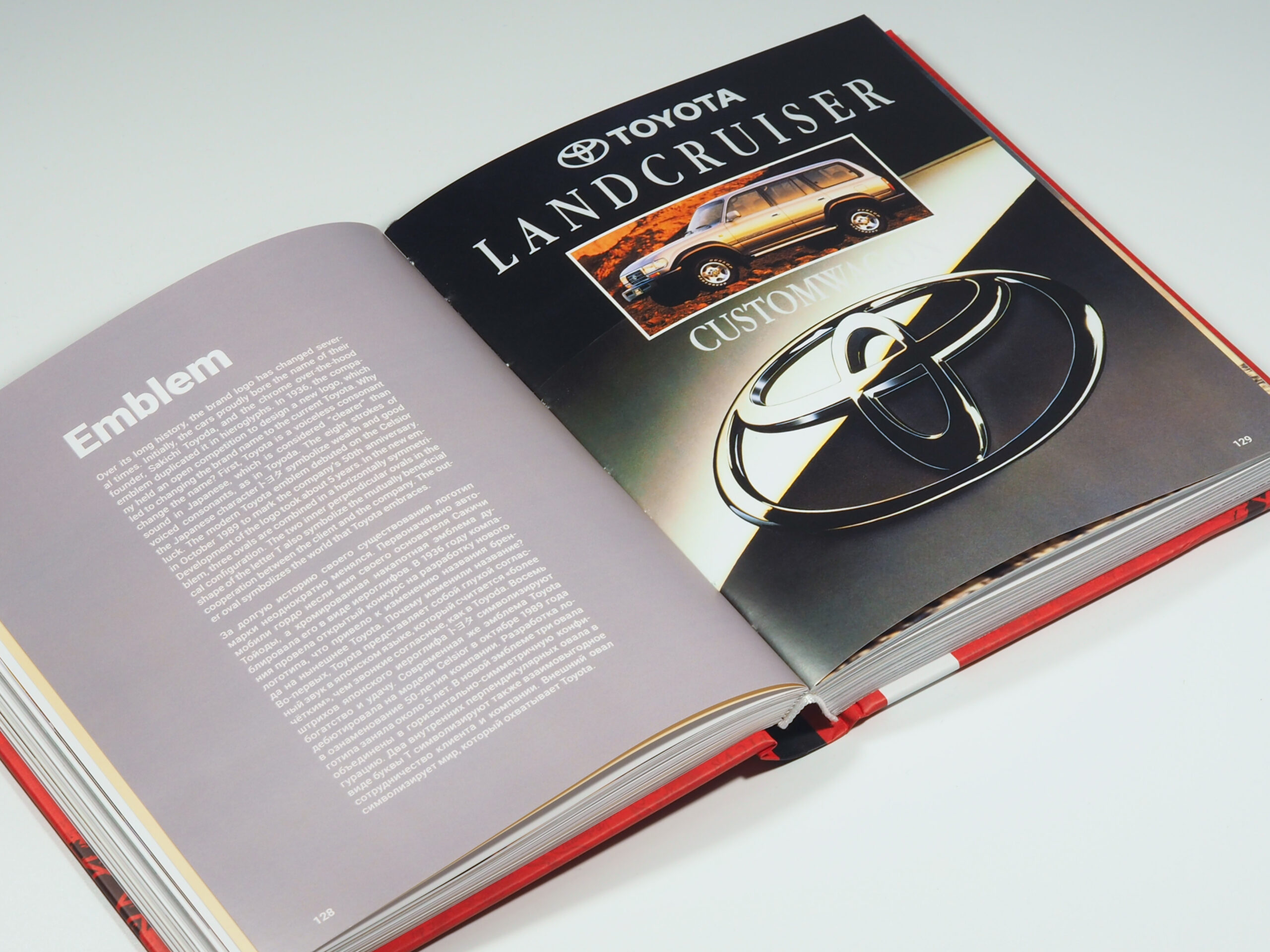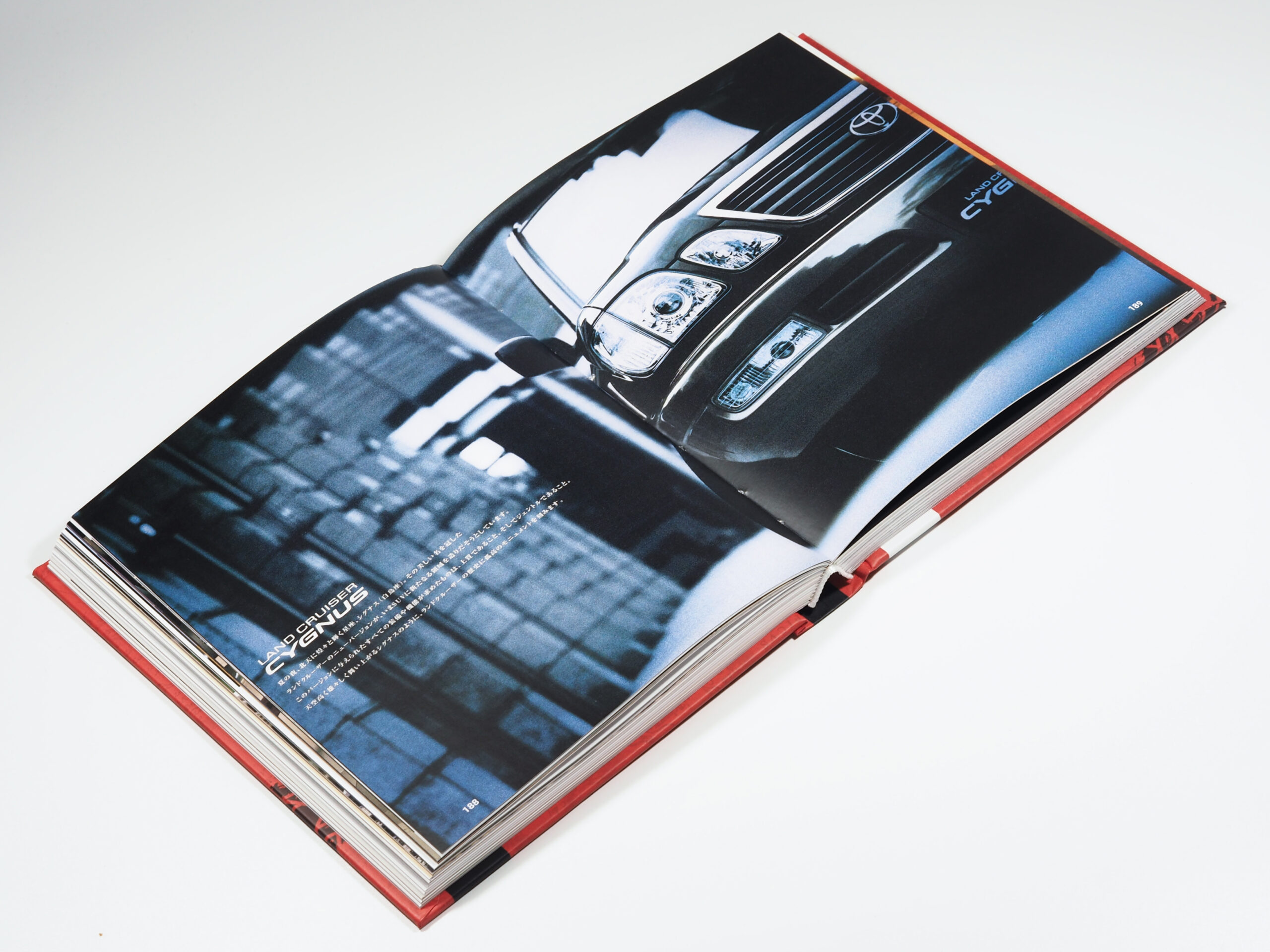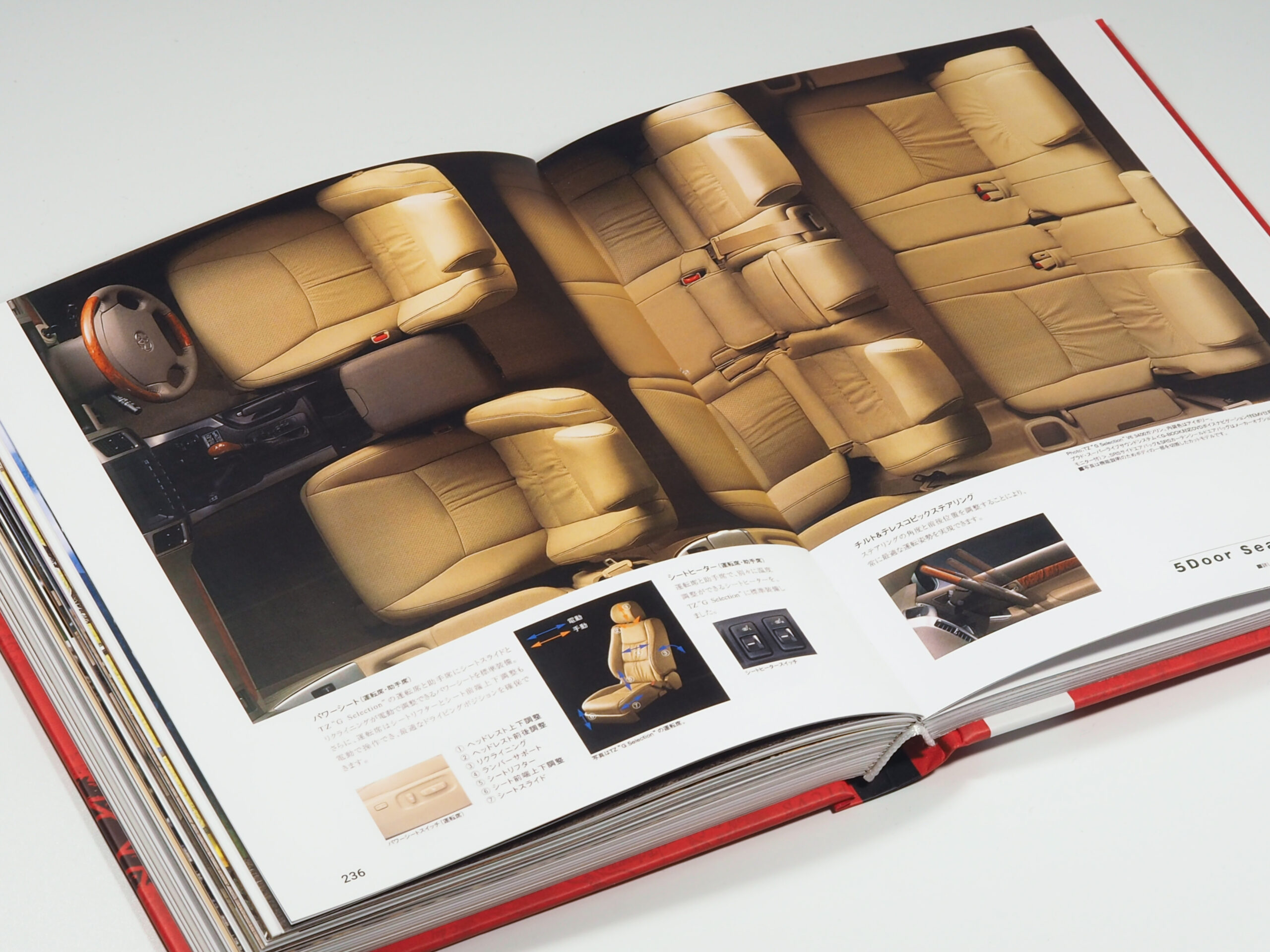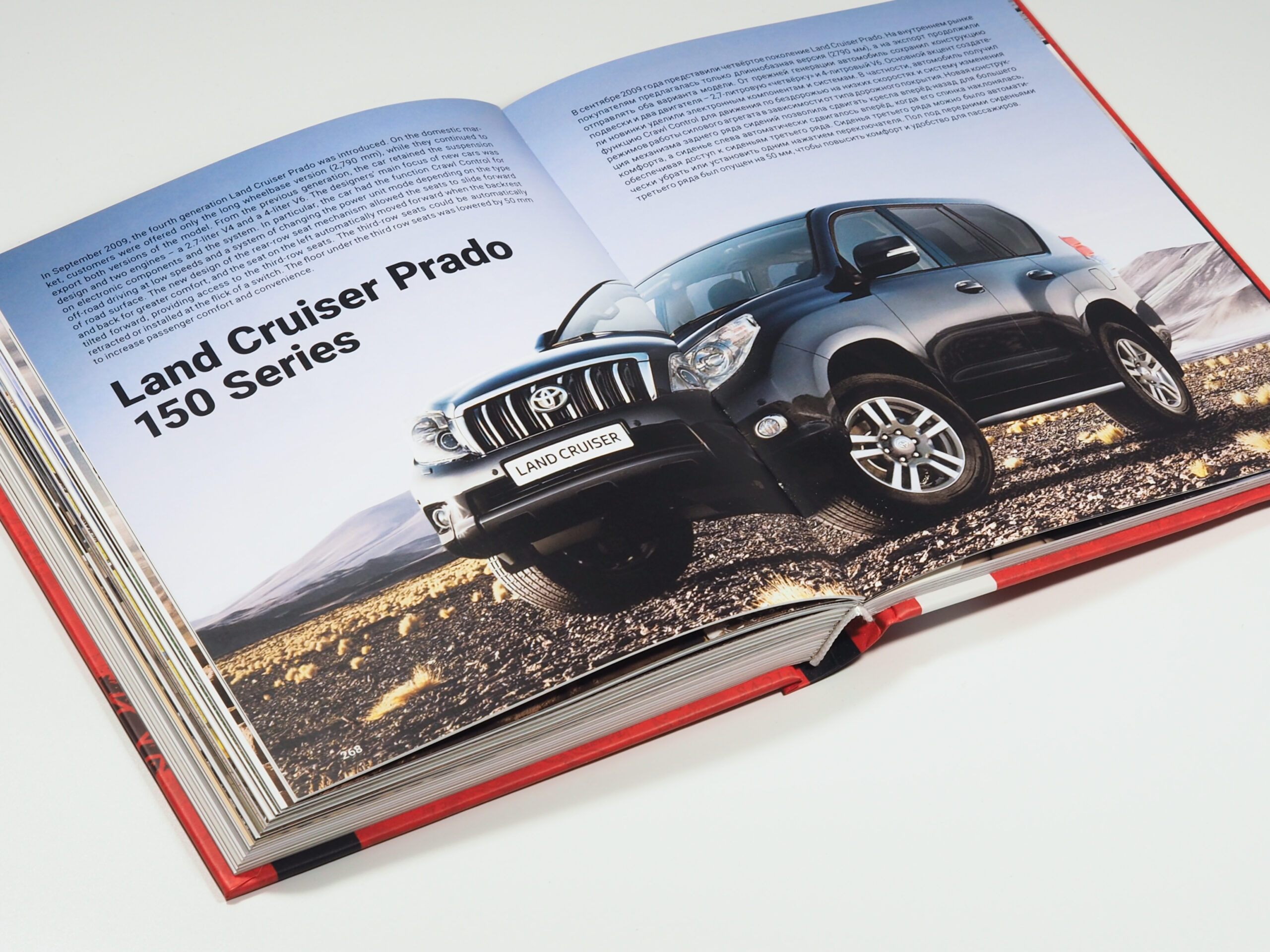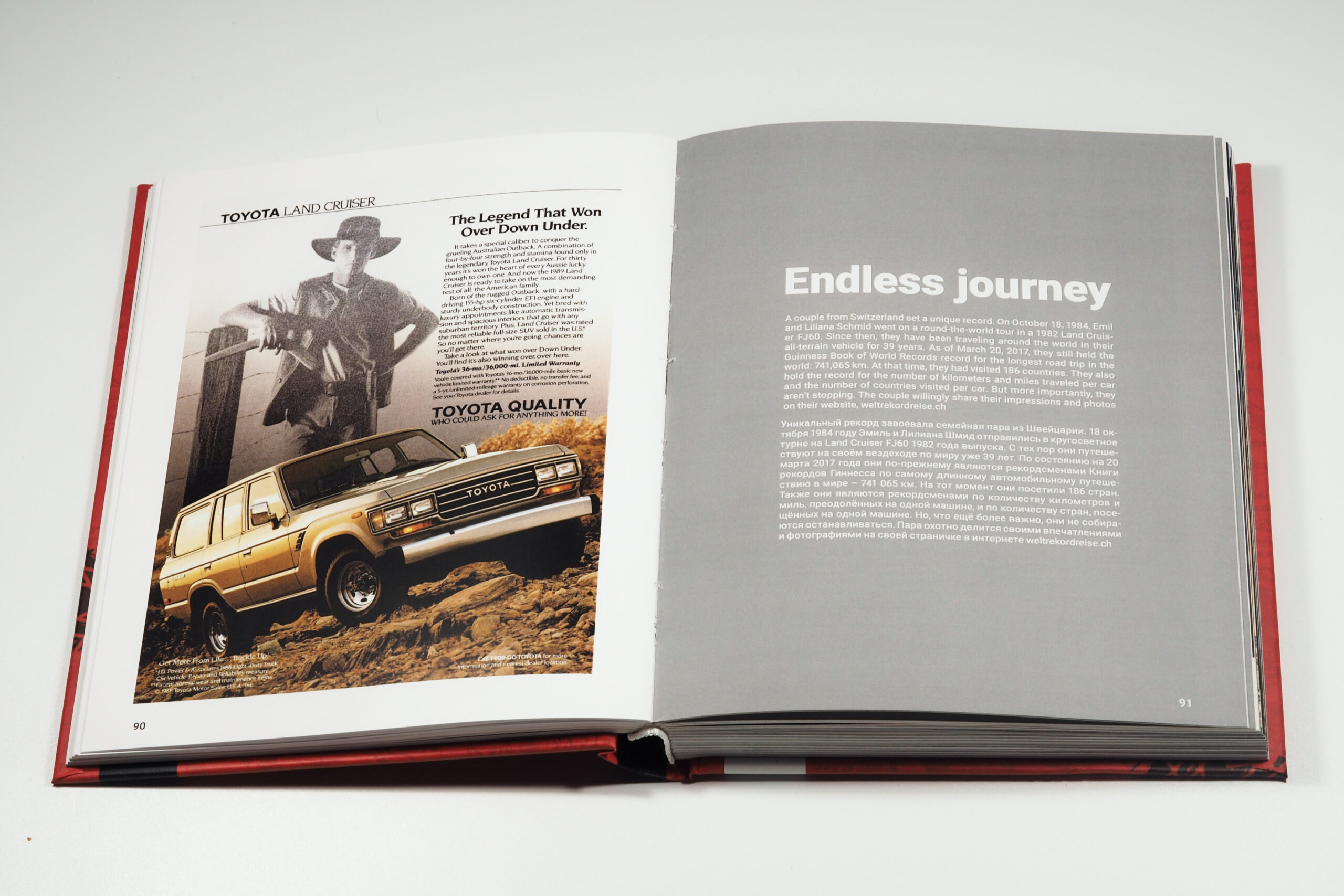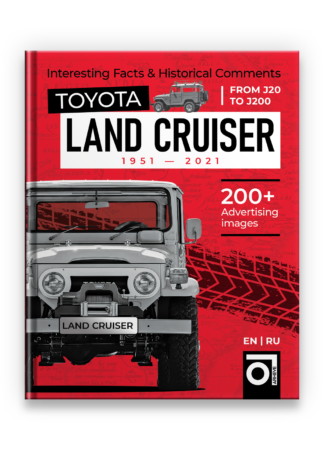Описание
Toyota Land Cruiser Hardcover book (fragment of the text)
In 2023, Japan’s Toyota celebrates an anniversary: 90 years ago, the company Toyoda Automatic Loom Works appeared in the automotive division on September 1, 1933.
And four years later, on August 28, 1937, it was spun off into an independent company with the now familiar name, Toyota Motor Co.
In the late 19th and early 20th centuries, silk fabrics were one of the main sources of exports for the Land of the Rising Sun. At that time, silkworms were grown in thousands of mulberry groves all over the country, and the thread produced from their cocoons was processed on looms.
The latter were imported from Great Britain and cost a lot of money. This fact predetermined the business focus of the Japanese inventor and entrepreneur Sakichi Toyoda.
The young businessman realized the need to create an inexpensive and simple machine that small producers of raw silk could purchase. In 1890, he received his first patent, No. 1195, for a hand-operated loom, which quickly gained recognition.
New developments and patents followed. Over time, Toyoda looms not only became widespread in their home country, but also began to be exported, including to Great Britain. In 1911, Toyoda founded Toyoda Automatic Loom Works, which became the leader in textile machinery.
Toyoda’s eldest son Kiichiro began to actively participate in the family business. By the late 1920s, a downturn in the textile machine market forced Sakichi Toyoda to think about diversifying his business.
In 1929, he sent Kiichiro abroad to study the automobile industry in the United States and Europe. Another of his missions was to close a deal with the Platt Brothers & Co. of Great Britain to sell a patent for an automated loom.
Sakichi Toyoda recommended his son use the proceeds from the patent to start an automobile business. In 1930, the company’s founder passed away, and Kiichiro continued his work.
In the same year, he developed the first prototype of a compact gasoline engine. As already mentioned, the Automotive Production Division was founded in 1933, and the first car engine was produced amyear later, the A-type.
In May 1935, the Model A1 debuted, the company’s prototype passenger car. And a prototype of the Model G1 Truck was assembled on August 25 of that year. In early 1936, the company presented the first low-floor bus model DA, and in April it began mass production of model AA passenger cars.
To attract buyers and government officials to its products, the company organized a 3-day trade show in Tokyo, where it presented the AA sedan, phaeton AB, GA truck, and other models.
After the trade show, the company received the necessary permits from the Japanese government and was officially recognized as a national automaker.
While working on the project, the first logo appeared, and the brand was renamed from Toyoda-go to Toyota-go. A year later, the automotive division was spun off into a separate company with the current name of Toyota Motor Co.
Before World War II, the company offered a wide range of cars, trucks, and buses. In December 1939, Toyota brought production and sales to the landmark number of 10,000 cars per year.
Read the continuation of Toyota Land Cruiser story in the book.
